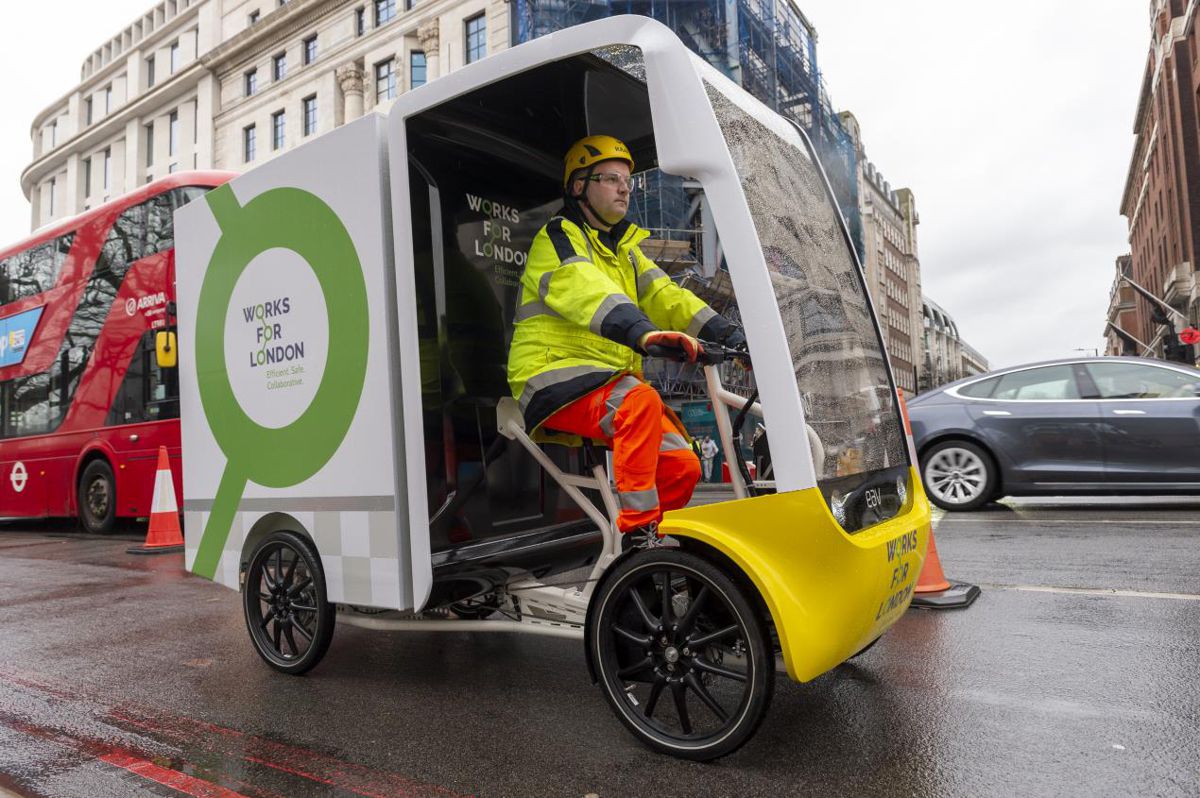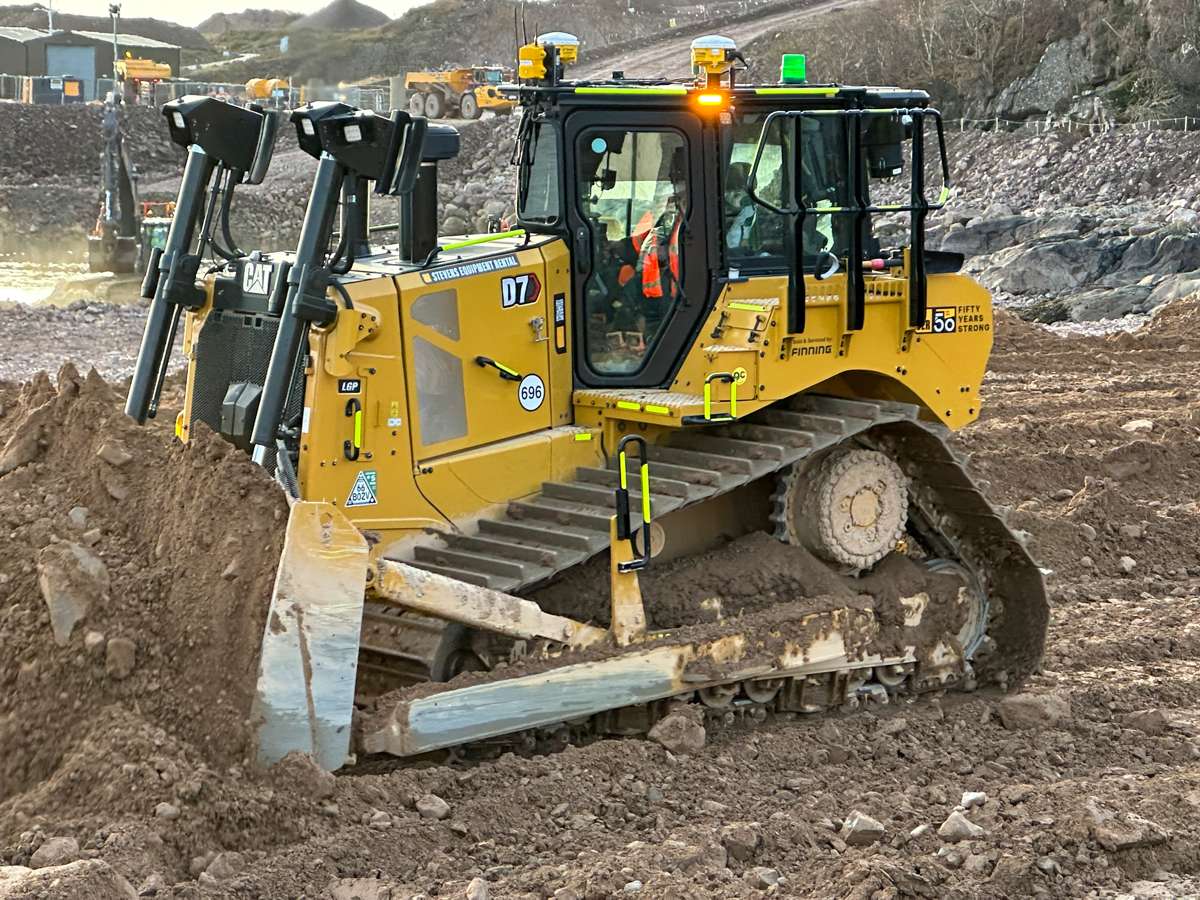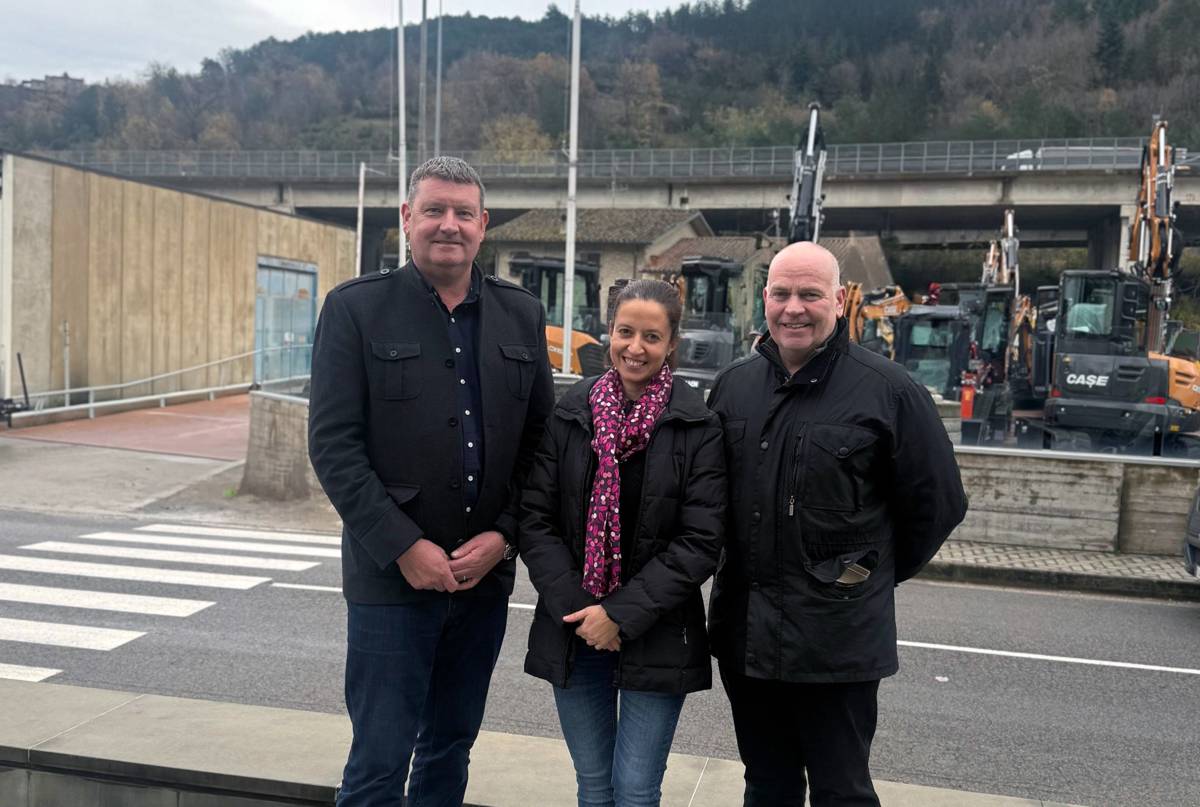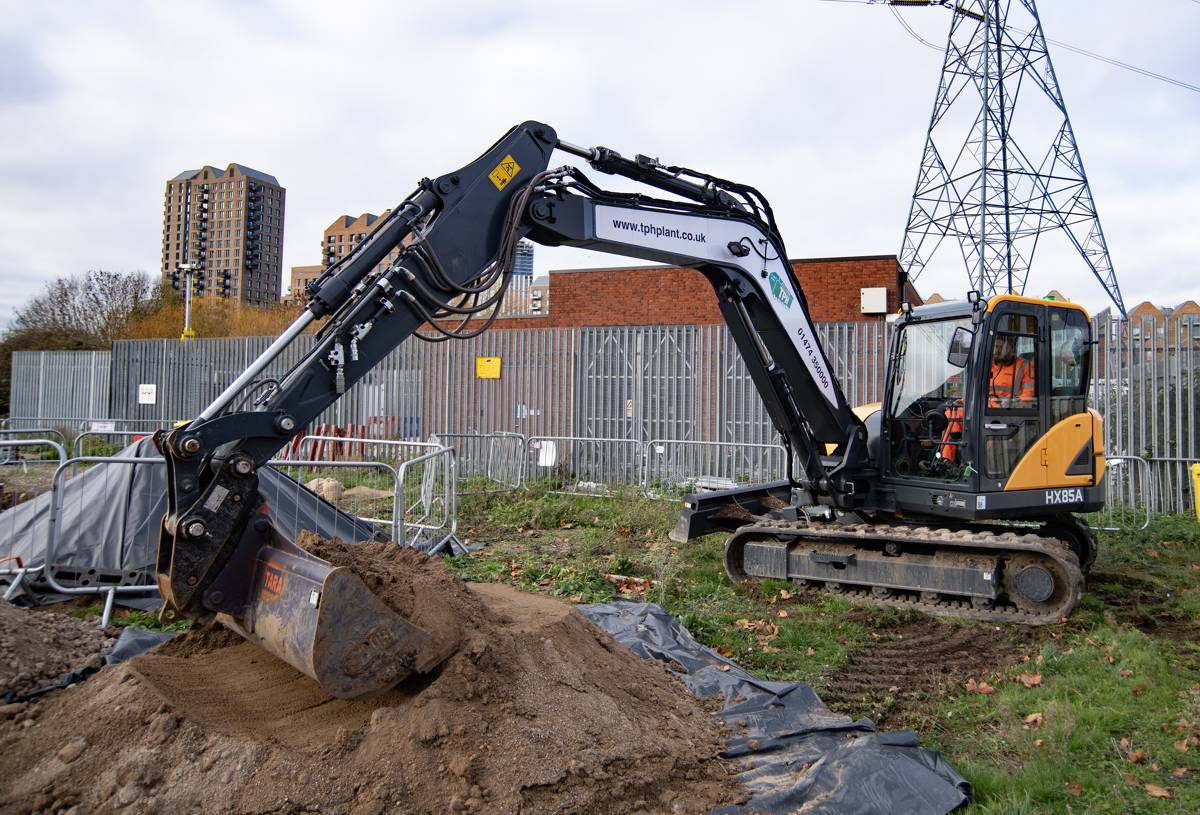Decarbonising highway operations in London enabled by Ringway innovations
Ringway has made a further move to decarbonise its operations by enhancing its low impact fleet with a further EAV2Cubed cargo bike added to its Transport for London highways maintenance work.
Introduced as part of its regular work supporting TfL’s highway maintenance service after a trial lasting more than six months, the new EAV will be used to conduct surveys and fix defects. Ringway’s target is that the EAV2Cubed will be used on 30% of the defects reported each month.
Ringway’s team live trialled the EAV on the London road network testing it on a range of tasks, including those requiring heavy cargo. The four-wheeled e-cargo bike has a capacity of more than 150kg and can carry springer cones, a foldable footway barrier, foldable ladder, cleaning materials plus associated tools and equipment.
The EAV began its shifts in March aiming to deal with anything from graffiti removals, resetting bollards, signage works, minor tree works, cycleway and footway defects. With a range of 60-miles on full charge the goal is to fulfil more tasks without needing to return to the depot to recharge batteries. The EAV will support not just Ringway’s own emissions targets but help to achieve TfL targets of reducing congestion and cutting emissions at peak times by 10%.
Ringway is fast tracking its way towards a target of 40% reduction in Scope 1 and 2 carbon emissions by 2030, delivering greener ways of working. Zero emission vehicles have been made available across all levels of the business, saving an estimated amount of 400kg of CO2 per day with the vehicles currently in use and the trials of e-cargo bikes and introduction of EAV is part of this wider ambition.
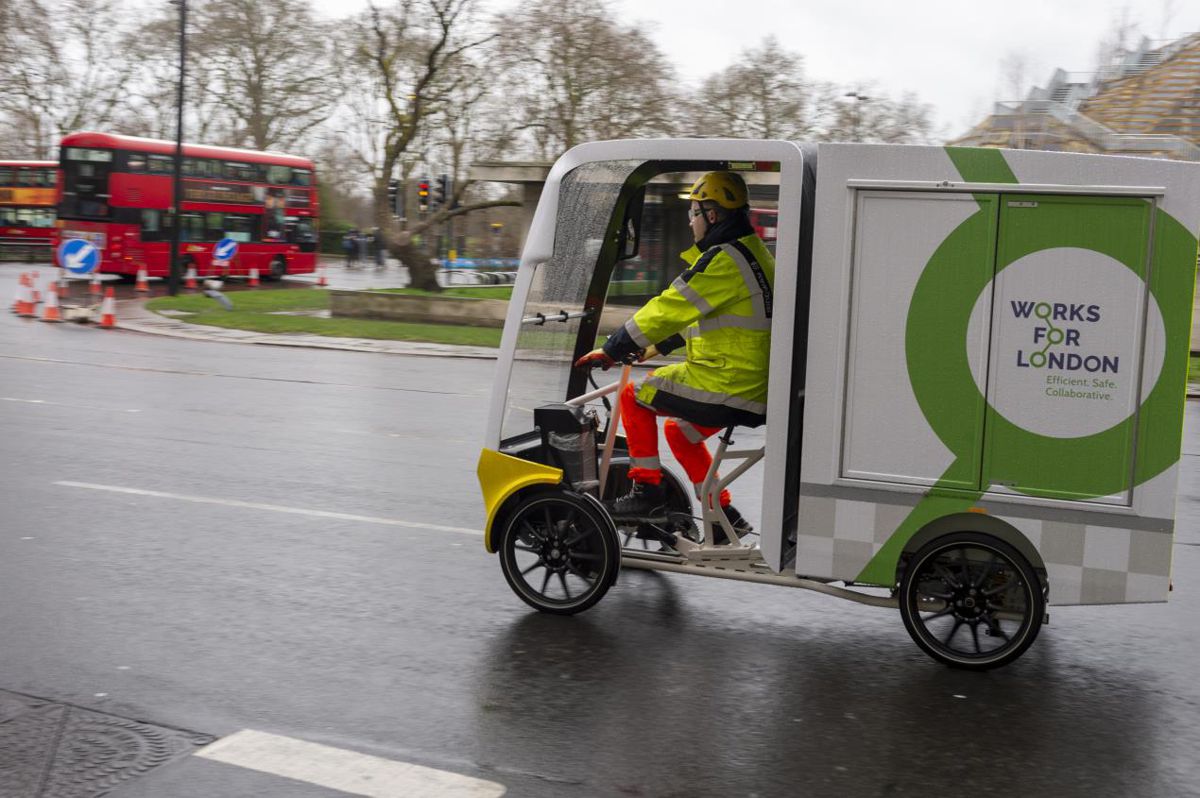
Paul Herbert, framework director at Ringway said: “The EAV is newest addition to the e-bike logistics solution which will be operating from our rapid distribution hubs located across multiple Central London locations helping to reduce peak time congestion. Putting the EAV into use is a major step forward in our aim to decarbonise what we do for all of our customers, end users, and our client TfL.”
EAV are leaders in global urban micro-mobility. The 2Cubed e-Cargo bike bridges the gap between van and bike.
“We’re really excited to be working with Ringway deploying the EAV2Cubed in support of their London road network commitments,” said Nigel Gordon-Stewart, executive chairman of EAV. “Using our vehicles within the Ringway fleet will see a significant reduction in carbon emissions without any impact on efficiency. We’ve already proven our capabilities in other business sectors so we’re keen so show what we can do supporting highways maintenance.”
Ringway cover the central area maintenance contract under the London Highways Maintenance Framework (HMF) for TfL. Glynn Barton, TfL’s director of network management, said: “Ensuring London’s roads are well maintained is vital and we’re working with our contractors, including Ringway, to ensure that this can be done as sustainably as possible. Cargo bikes are a brilliant way of reducing the congestion, air pollution and emissions that traditional motor vehicles can cause, and we’re really pleased to see Ringway’s trial of their new four-wheeled e-cargo bike.”
